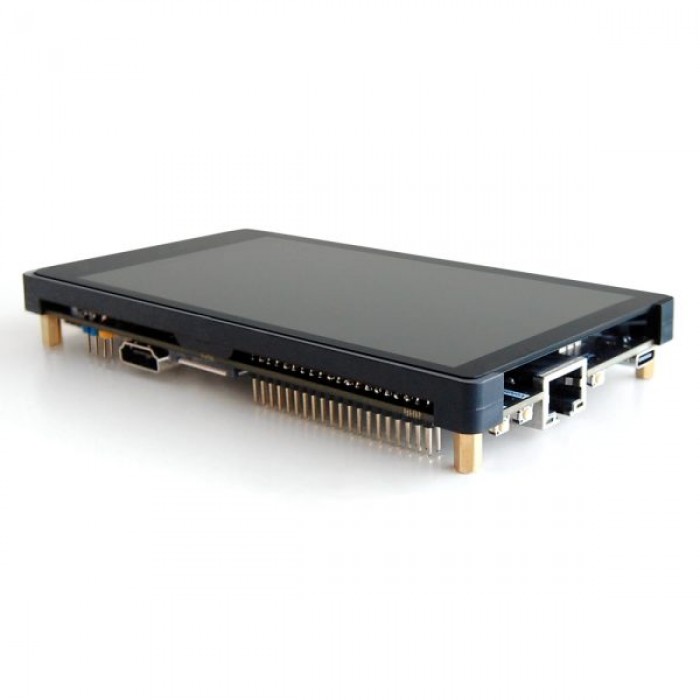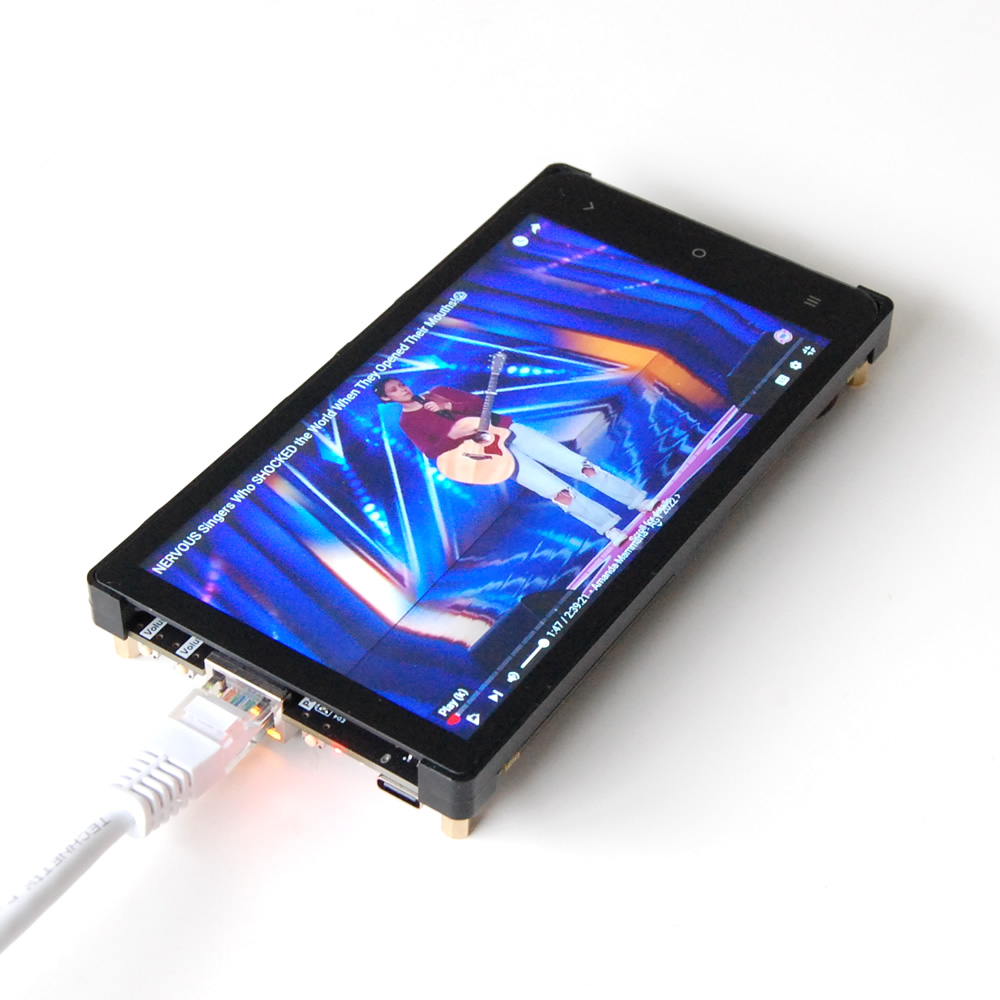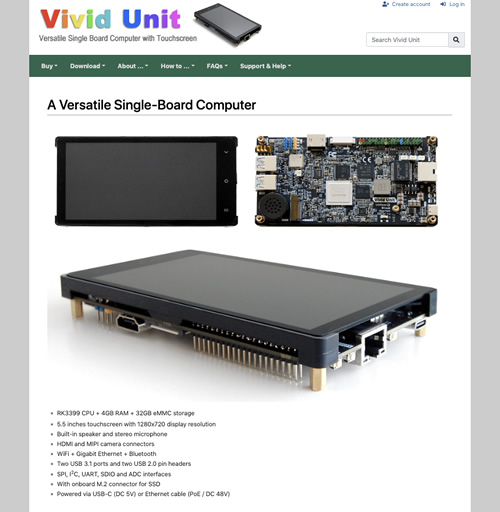Vivid Unit Versatile Single-Board Computer with Touchscreen
Vivid Unit: a Versatile Single-Board Computer with Touchscreen
Description
Vivid Unit is a powerful and versatile single-board computer that can be used for a wide range of applications.
Vivid Unit features RK3399 CPU with 4GB RAM and 32GB eMMC storage. It is a palm-sized device with 5.5″ touch screen, speaker, microphone, WiFi/Bluetooth and various interfaces. It can be powered with DC 5V (via USB-C) or Ethernet cable (DC 48V via PoE).
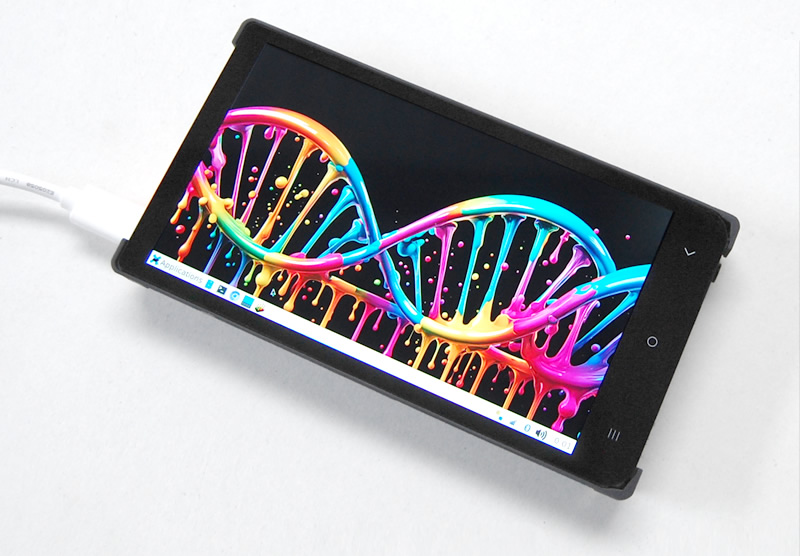
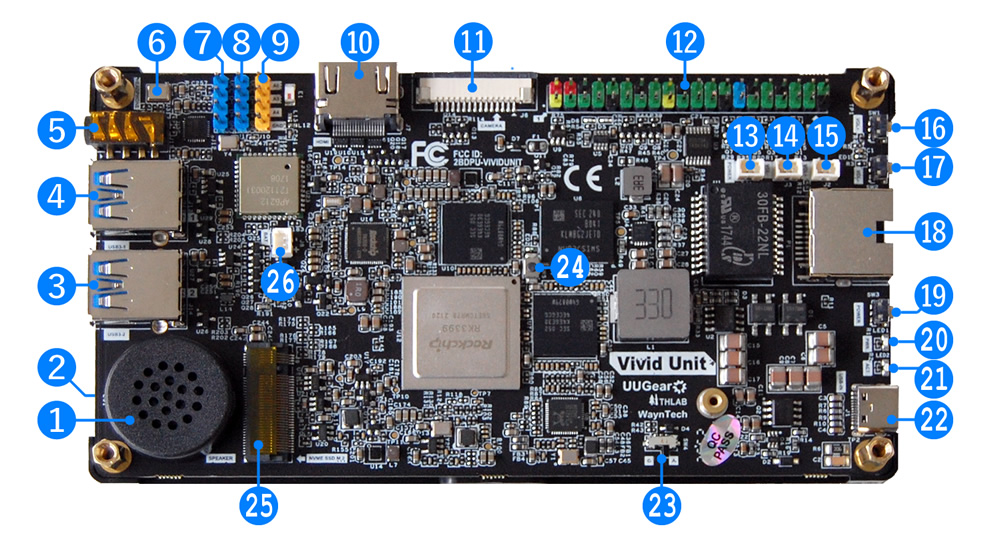
|
|
For a Wide Range of Applications
Vivid Unit can be used for a variety of projects, such as:

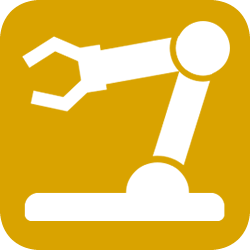
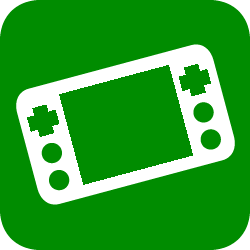

Smart Home Robotics Gaming Industrial Terminal
With such a versatile SBC you can do so much more, and the only limiation is just your imagination!
Open Source: Hardware and Software
Vivid Unit is an open source product: its hardware and software are all open-sourced.
Vivid Unit's complete schematic can be downloaded here.
Vivid Unit's mechanical drawings and 3D models can be downloaded here.
Vivid Unit's system source code can be found here on GitHub.
VGP source code can be found here on GitHub.
VSA source code can be found here on GitHub.
Download OS here - https://www.vividunit.com/download-system-image
Debian GNU/Linux 11 (bullseye) with RetroPie installed
Debian GNU/Linux 11 (bullseye) with Home Assistant installed
Debian GNU/Linux 11 (bullseye)
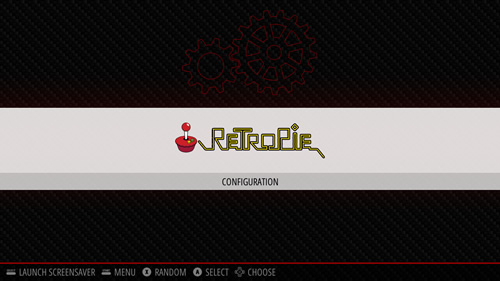
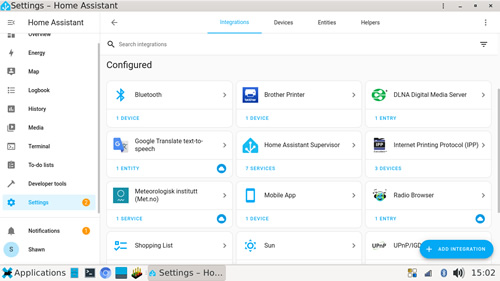
Vivid Unit can be used for a variety of projects, such as:
- Smart home automation: Vivid Unit can be used to control lights, temperature, and other home appliances using various sensors and input devices.
- Robotics: Vivid Unit’s GPIO and camera interface make it ideal for use in robotics projects, such as autonomous cars or robotic arms.
- Industrial control systems: Vivid Unit is ideal for use in industrial control systems, and it can be mounted like a screen for the whole system, which the users can interact with.
- Portable computing: Vivid Unit’s compact size and touch screen interface make it perfect for use as a portable computing device, such as a tablet or mini laptop.
- Retro gaming: Vivid Unit’s high resolution screen, compact size and onboard speaker make it a perfect hardware as retro gaming console.
Whether you’re a hobbyist, a student, or a professional, Vivid Unit offers a powerful and flexible platform for your computing needs.
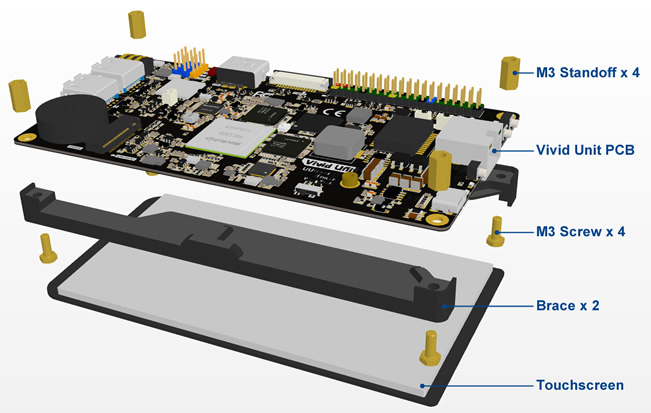
Package Content:
Each Vivid Unit package contains a fully assemblied device, which composed of:
- Vivid Unit PCB x 1
- Brace x 2
- Touchscreen x 1
- M3 screws x 4
- M3 standoff x 4
Remarks: you don’t need to assemble anything, the device can be used out of box.
Technical Specification:
- Processor and Memory
- ARM CPU: RK3399 (Cortex-A72 Dual-core + Cortex-A53 Quad-core)
- GPU: Mali-T860MP4
- RAM: 4GB LPDDR4
- Storage: 32GB eMMC
- Connectivity
- Ethernet x1 (RJ45 connector)
- Wi-Fi (802.11b/g/n)
- Bluetooth 4.1 (BLE)
- Display and Touchscreen
- Display: 5.5 inches, 1280×720 resolution
- Touchscreen: Capacitive multi-touch
- GPIO
- 40-pin header with Raspberry Pi compatible pinout
- SPI x 1
- I2C x 2
- UART x 1
- SDIO x 1
- USB Ports
- USB 3.1 Gen1 x 2 (each has 5 Gbps bandwidth)
- USB 2.0 x 2 (as pin headers)
- USB type-C x1 (for power and flashing OS)
- Audio
- Microphone: Stereo microphone array
- Speaker: Built-in speaker
- Headphone jack: 3.5mm
- Camera Interface
- MIPI CSI x 1
- Additional Interfaces
- NVMe M.2 interface x 1
- 10-bit ADC channels x 3 (via 4-pin header)
- Power Supply
- DC 5V (via USB type-C cable)
- POE (DC 48V via RJ45 connector)
- Power Consumption (5V)
- Quiescent current (newly powered, or stay for a while after shutdown): < 15mA
- Idle current (after boot up and display desktop): ~ 0.6A
- Normal usage (e.g. watching Youtube fullscreen): 0.8 ~ 1.3A
- Fully loaded (stress test with “s-tui” command): ~ 1.6A
- Buttons
- Power button x 1
- Volume button x 2
- Dimensions and Weight
- Dimensions: 146mm x 78.2mm x 19mm
- Weight: 175g
Open Source Hardware and Software
Vivid Unit is an open source product: its hardware and software are all open-sourced.
More information about Vivid Unit can be found on its dedicated, wiki-powered website: https://www.vividunit.com/
There you can find Vivid Unit’s documentation, schematic, mechanical drawings, 3D models, software source code… and much more.

